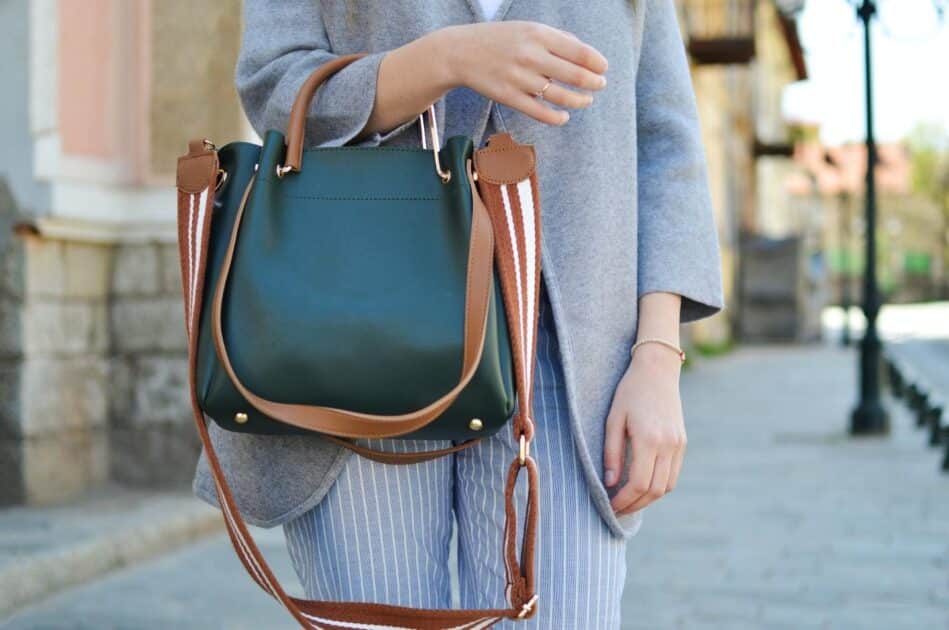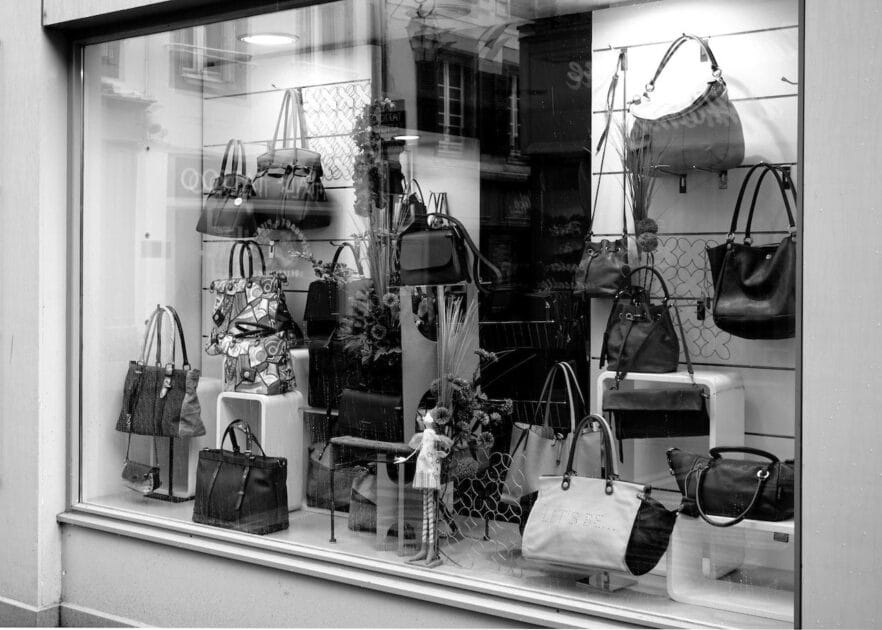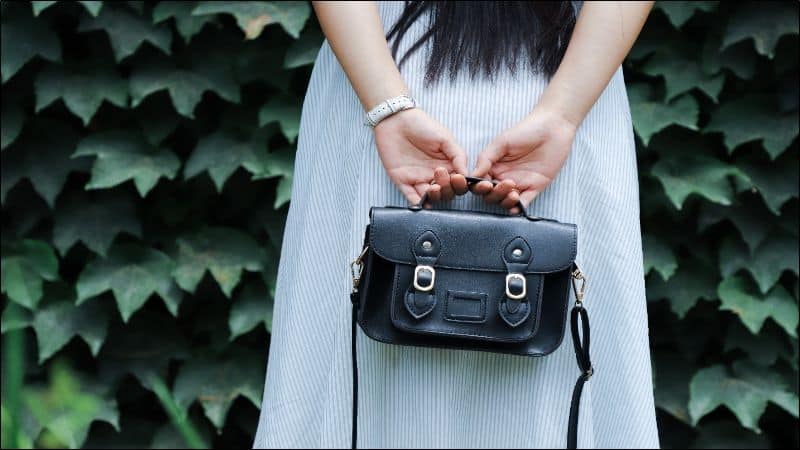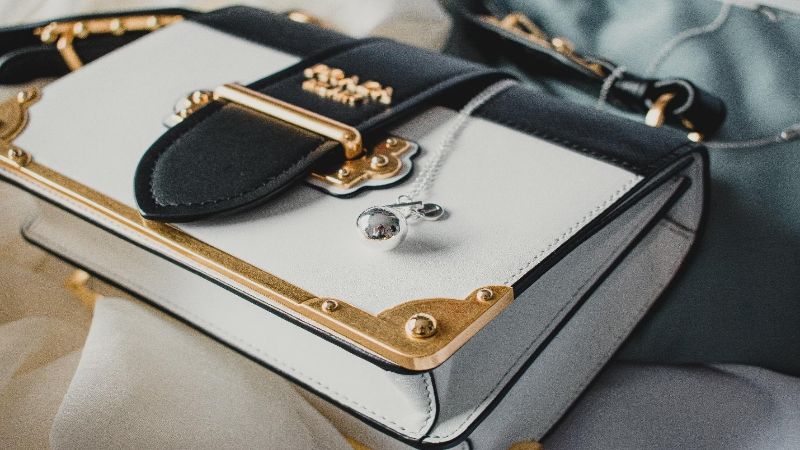Ever found yourself eyeing that gorgeous handbag in the window, wondering if it’s the real deal? You’re not alone. The market’s flooded with knock-offs, and it’s getting harder to spot the fakes. But don’t worry, you’ve got this!
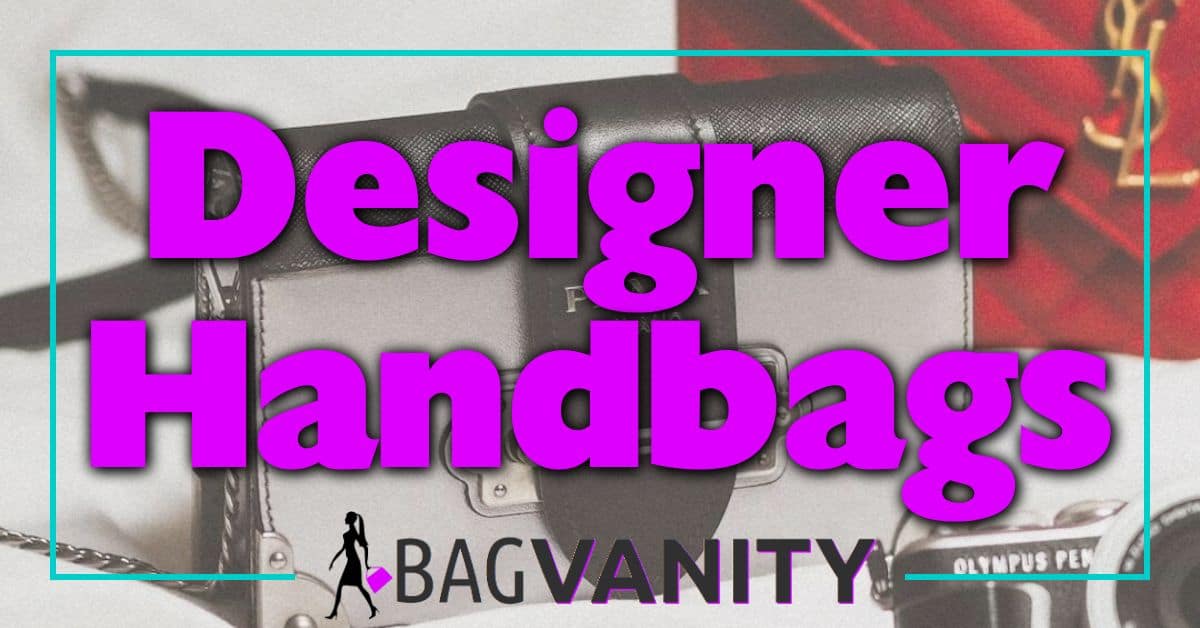
Knowing the hallmarks of authenticity can save you from buyer’s remorse. Whether it’s the weight of the hardware or the stitching that’s just a tad too perfect, the devil’s in the details. Stick around and you’ll learn how to tell if that handbag is authentic, giving you the confidence to shop smart.
Why Authenticity Matters
In the world of high fashion, the value of authenticity can’t be overstated. It’s not just about the brand—it’s about the assurance of quality you expect from a luxury item. When you invest in an authentic handbag, you’re paying for craftsmanship that has been perfected over decades, sometimes centuries.
The material quality of an authentic handbag is often superior. Designers select premium leather, robust fabrics, and durable hardware. These materials age beautifully with time, developing a unique patina that counterfeit bags can’t replicate.
Moreover, there’s a certain pride in carrying a genuine designer piece. It’s a statement of your personal style and an appreciation for the design and work that goes into each bag. Real handbags carry the legacy and heritage of their brand, making them timeless pieces that can often be passed down as heirlooms.
Counterfeits, on the other hand, undermine the integrity of the fashion industry. They are often produced under questionable working conditions and can be linked to various forms of illicit activity. By opting for authentic handbags, you also take a stand against these unethical practices.
Supporting originality and creative expression is crucial in the fashion ecosystem. Knock-offs are a form of intellectual property theft that stifles innovation. Designers spend countless hours on their creations, and when you choose an authentic bag, you’re honoring that commitment.
It’s essential to remember that luxury is not just a price tag—it’s an experience. Authentic handbags deliver a sense of satisfaction that knock-offs simply can’t match. They’re an investment in quality that stands the test of time and often retains value, making them worthwhile collectibles or resellable items.
Next time you’re exploring the market for a high-end handbag, keep these factors in mind. Authenticity isn’t just a detail—it’s the very essence of luxury and the bedrock of a discerning fashion choice.
Research the Brand
Educating yourself about the handbag’s brand is a pivotal step in authentication. High-end brands have unique characteristics that you ought to familiarize yourself with. Go straight to the source—visit the brand’s official website or a reputable retailer. Here you will find detailed information about the brand’s history, design philosophy, and hallmarks of authenticity.
Scrutinize the brand’s official logo. Pay attention to the font, size, and placement. Counterfeiters often get these details wrong. Authentic handbags will display consistent logos that are precise and properly aligned. Even the stitching around the logo must be impeccable—no loose or uneven threads.
Look for specific features that the brand is known for. For instance:
- Louis Vuitton uses a specific type of canvas and leather.
- Chanel boasts consistent patterns and quilting alignment.
- Hermes typically offers a distinctive engraved lock and key set.
Crafting an authentic high-end handbag involves meticulous work. High-end brands may also offer serial numbers, authenticity cards, or certificates. These elements are often difficult to replicate precisely, and checking them against official records can be telling.
Be aware that branding elements can change over time. Ensure you’re referencing current standards or those pertinent to the handbag’s production date. Consulting forums and online communities of handbag enthusiasts can also offer insightful knowledge, as members frequently discuss nuances in branding and identifiers of authenticity.
Lastly, remember that price can be indicative of authenticity. Designer handbags command a premium price for a reason. If you come across a deal that’s too good to be true, it often is.
Examining the Overall Quality
When diving into the nitty-gritty of authenticating a high-end handbag, the overall quality is your smoking gun. Craftsmanship speaks volumes. Check the bag’s construction; authentic bags boast precise, even stitching with high stitch counts. A quick glance won’t do—inspect each seam and corner carefully.
Materials can be revealing. Genuine designer handbags typically use premium materials such as top-grade leather, heavy-duty canvas, or other durable fabrics. Feel the material; it should be consistent with the brand’s quality—supple leather, robust hardware, and sturdy lining all indicate legitimacy.
Pay attention to hardware. Zippers, clasps, and metal details on authentic bags are flawless, often branded, and have a substantial feel. Is the hardware solid or does it feel flimsy? Clues often lie in the small details that counterfeiters might overlook.
The lining is another aspect that requires scrutiny. High-end handbag liners are usually of excellent quality and sewn neatly into place. The fabric should align correctly without puckering or loose threads. Counterfeits may cut corners here, resulting in a liner that’s subpar or even the wrong material.
« How to Choose Handbag Size: Find Your Perfect Match for Style & Function
How to Make Handbag with Cloth: DIY Guide for a Unique Accessory »
Handle quality cannot be overstated. The handles of a real designer bag feel strong and are attached securely with even stitching or hardware. A poorly made handle—one that’s weak, improperly attached, or easily worn—is a red flag signaling a possible fake.
Bear in mind the weight of the bag. Authentic bags have a certain heft due to the high-quality materials used. If the bag is suspiciously lightweight, it’s time to question its authenticity.
Remember, high-end handbags reflect an extraordinary level of detail and quality that most counterfeits cannot match. Take your time, examine every feature, and trust your touch and sight to guide you. If even one aspect does not measure up, there’s a good chance the handbag isn’t genuine.
Check the Materials and Construction
When you’re keen on distinguishing an authentic handbag from a counterfeit, it’s crucial to scrutinize the materials and craftsmanship. Luxury handbags are synonymous with quality – it’s not just about bearing a brand name. Designer handbags boast materials that are top-notch, whether it’s supple leather, exotic skins, or high-grade canvas. If you’re holding an authentic piece, the material will feel luxurious and durable.
The construction speaks volumes about a bag’s authenticity. Pay close attention to how the bag is stitched together. Authentic bags showcase even and tight stitches, with no loose threads. The pattern alignment is flawless; stripes or logos align perfectly across seams and pockets. It’s not just about what you see on the outside – the inside counts too. Turn your attention to the lining. Is it neatly tucked and secured? An authentic bag’s lining won’t bunch or pull away easily.
In addition to the visual cues, focus on the hardware. Genuine designer bags often have heavy and solid metal hardware. They’re cool to the touch and exhibit a flawless finish – no chipping or discoloration. Engravings or stamps on the hardware should be clear and precise, typically featuring the brand’s logo. Zippers should glide smoothly; they shouldn’t snag or feel flimsy.
Remember:
- Quality materials feel luxurious
- Neat, consistent stitching is a must
- Pattern alignment matters
- Solid, flawless hardware is a good sign
- Zippers should operate smoothly
Testing these aspects of a handbag requires nothing more than your sight, touch, and a bit of brand knowledge. High-end designers take pride in their craftsmanship – every detail serves a purpose and sustains their reputation. So, if something feels off, trust your instincts and inspect it further.
The Importance of Hardware and Logos
As a seasoned handbag enthusiast, you know the devil’s in the details, especially when it comes to hardware and logos. It’s crucial to scrutinize these elements; they often betray a counterfeit.
Firstly, inspect the hardware’s quality. An authentic designer bag features metal accents and zippers that feel substantial. If you’re holding a bag and the metal parts feel flimsy or hollow, be wary. Real luxury hardware should be heavy and cold to the touch.
Look for brand-specific characteristics, like the shape of zipper pulls, clasps, and hooks. High-end designers don’t cut corners on these elements. For instance, a genuine Chanel bag will have hardware that matches the color tone of the rest of the bag—gold with gold, silver with silver.
Logos are another key indicator. Check for precise font and spacing. Counterfeits often get this wrong. The font might be slightly off, or the spacing between letters could be inconsistent. Counterfeiters might overlook minor details that the designer brand would’ve perfected.
Laser imprints or stamps inside the bag should be clear, not fuzzy or easily erasable. An authentic logo looks crisp no matter how small, and the finish wouldn’t peel or fade. Sometimes, inconsistencies in the logo can only be caught if you compare it directly with the logo on an authentic piece. So having access to an original for comparison can be invaluable.
Don’t forget to check the signature lining that often carries the logo as well. A genuine bag’s lining will fit perfectly inside, with no bunching or misalignments. It’s a smart move to research the specific style online and know what the interior should look like before making an assessment in person.
Remember to feel the engraving on hardware. If it’s authentic, it should be engraved deeply and cleanly, not just printed or lightly etched.
In the fashion industry, we’re keen observers. That’s how you’ll spot an impostor—it’s all in the weight, the metal’s temperature, and the logo’s precision. Trust what you’ve learned and keep looking; noticing discrepancies becomes second nature with experience.
Conclusion
Armed with these tips, you’re now well-equipped to discern the real deal from a fake. Remember, the devil’s in the details when it comes to luxury handbags. Trust your senses and don’t rush the process. If something feels off, it probably is. Don’t hesitate to ask for more photos or information when purchasing online. After all, an authentic handbag isn’t just an accessory; it’s an investment. Happy shopping, and may your next handbag purchase be the genuine article!
Frequently Asked Questions
How can I authenticate a high-end handbag?
To authenticate a high-end handbag, examine the hardware quality to ensure it’s substantial and appropriately colored. Check the logo for precise font and spacing, and compare it against a verified authentic logo for inconsistencies. The signature lining should be perfect, and the hardware should feel cold initially before warming up.
Why is hardware important in authenticating designer bags?
Hardware is crucial because it often reveals the quality of a handbag. Authentic designer bags typically have heavy, high-quality metal hardware that matches the bag’s color scheme. Counterfeits may have lighter, lower-quality metal.
What should I look for in the logos of luxury handbags?
Inspect the logo for accurate font, even spacing, and look for a clear, durable imprint or stamp. Logos are a key detail where counterfeiters often make mistakes, so any inconsistency could be a sign of a fake.
How can I check the authenticity of a handbag’s lining?
The signature lining should fit the bag perfectly without any loose threads or mismatches. Authentic bags will have high-quality lining that complements the design and doesn’t bunch up or feel out of place.
Does the weight of a handbag relate to its authenticity?
Yes, the weight of a handbag can suggest its authenticity. Designer bags often use higher quality (and thus heavier) materials, whereas counterfeit bags tend to feel lighter due to cheaper materials and construction.
Is the temperature of handbag metal hardware an indicator of authenticity?
Initially, authentic metal hardware should feel cold to the touch and gradually warm with handling, indicating solid metal use. Counterfeit bags may use plastics or inferior metals that do not adjust temperature in the same way.




